|
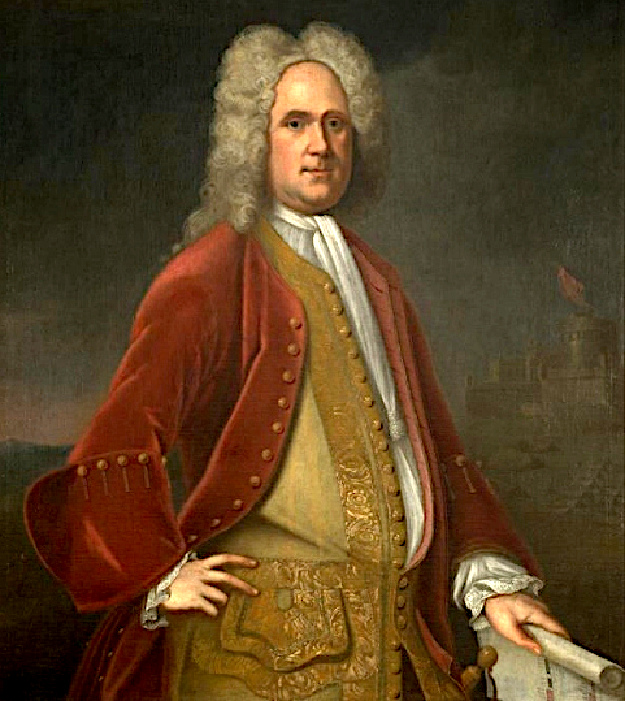
Colonial
slave trader - Alexander Spotswood, Governor of Virginia
Alexander Spotswood (born 12 December 1676 – died 7 June 1740) was a British Army officer, explorer and lieutenant governor of Colonial Virginia.
British rule involved mistreating slaves to tend plantations, as revenue for the Crown. The rights and wrongs of which sent mixed signals, where the level of moral corruption amounted to a
staggering hypocrisy, and acceptance of the human suffering it caused.
Telling us much about the character of colonial slave masters and
politicians. Many of which traits and ceremonies survive to this day in the
United Kingdom.
Spotswood was severely wounded in the chest by cannon fire at the Battle of Blenheim in August 13 1704,
ending in a major British victory. Medicated on the battlefield, he was sent to London to
convalesce, where he survived and kept the cannonball, which he would show
to his friends and guests.
He returned to Flanders on 11 July 1708, fighting in the Battle of Oudenaarde, Netherlands, where his horse was killed and he fell prisoner to
French troops. But Duke of Marlborough, the winner of the battle, obtained his release by negotiating personally with the enemy, and Spotswood returned to his duties as quartermaster general to oversee
corn supply for the troops.
His resentment at the slowdown of his military career grew. Despite good relationships
and the trust of his superiors, he was stuck in the rank of lieutenant colonel. His ambitions, fuelled by the many but never kept promises of promotion, were continuously frustrated. In September 1709, having spent half of his life in the army, he
finally snapped, taking his leave and returning to London.
During the war, Spotswood had made good friends not only with the Duke of Marlborough, but also with
his commander, George Hamilton, 1st Earl of Orkney. Hamilton had held the post of governor of the colony of Virginia from 1704, but resided in London and was represented on American soil by a plenipotentiary delegate, with a nominal mandate as deputy governor. In 1707 the deputy governor, Robert Hunter, had been captured by the French at sea and the colony was thus temporarily administered by a local government. At the suggestion of Hamilton himself, with
an additional push by Marlborough, on February 18, 1710 Queen Anne appointed Spotswood as vice governor of Virginia. On April 3, Spotswood left for the Americas from the port of Spithead, in southern England, aboard the man-of-war HMS Deptford, in convoy with other British ships to ward off pirate attacks.
Virginia was the most prosperous and populous of the Thirteen British Colonies. The inhabitants numbered around 80,000, including 20,000 slaves – most of them from the Bight of Biafra – employed in the vast tobacco plantations, at the service of a confederation of
landowners. Apart from native Indians, the other looming threat were pirates, who attacked ports and robbed ships, greatly hampering trade. The most famous and feared among them, Edward Teach, who went down in history as
Blackbeard, had recently returned to sail the seas, having received the King's pardon and having later surrendered to the governor of North Carolina, Charles Eden, who was probably in cahoots with him. When
Blackbeard attacked a convoy of ships in front of Charleston Harbor in May 1718, looting and taking prisoners, the Carolina residents sought help from neighbouring Virginia.
Although
Spotswood did not have a specific mandate from King
Charles – which was necessary for the arrest and trial of pirates –, Spotswood decided to intervene, wary
that Carolina should deal with the problem, but spurred on by the prospect
of obtaining Blackbeard's accumulated wealth, thought to include Henry
Morgan's Panamanian gold; unaccounted for since 1671.
Spotswood
quickly had former Queen Anne's Revenge quartermaster William Howard
arrested and questioned, though Howard had retired from piracy and lived in Virginia, suspecting that he was still in contact with Blackbeard. From Howard, later pardoned, he learned that Blackbeard was with a few men in one of his usual shelters, the Ocracoke Inlet.
Ocracoke was in North Carolina, out of his jurisdiction, but Spotswood was now determined to capture the pirate as quickly as possible, dead or alive, even by violating the sovereignty of another colony.
So alluring was the expectation of riches, he was willing to brave further
admonitions from on high.
Blackbeard
was known to have studied Henry Morgan's exploits and tactics, and reasoned, like many
others, including Alexander Spotswood, that the whereabouts and recovery was
just a matter of time. Unfortunately for the dark bearded pirate, Spotswood
incorrectly calculated from much idle gossip speculating as to the source of
Blackbeard's funding of wild parties and the like, that the pirate must have
recovered the stash that King Charles II was deeply troubled over,
threatening to hang Henry Morgan, who stood his ground, and bargained as to
his usefulness, such that the English monarch, agreed to his demands, made
as they were from the gibbet. So to speak.
Thus
us was that without waiting for the authorization of the House of Burgesses, he sent two warships against Blackbeard under the command of Navy Lieutenant Robert Maynard. On November 22, 1718, after five days of search, the pirates were taken by
surprise, at what is now known as the Battle
of Ocracoke, Maynard, aboard HMS Pearl, attacked Blackbeard's ship, who was killed in a short and bloody fight. Nine of his men died with him, and Maynard lost a dozen of his men.
It is fair to say that Blackbeard was tortured with 20 cuts and five shot
wounds, in an effort to get the pirate to reveal the location of the
Panamanian gold.
Blackbeard knew he'd probably find the additional clues with Henry Morgan's corpse.
But took this secret with him to the grave, even though in great pain,
realising that Spotswood and Maynard had set trap him. Cursing
Lieutenant Robert Maynard and his descendants, for his torture and
murder - and taking what he knew with him to Davy Jones locker.
On
the death of their captive, Maynard and his crew ransacked the Adventure,
finding very little in the way of contraband and no gold or jewels, save
only for the parchment and other papers, that appeared to be of little
value. Nevertheless, as that was all to be had. The papers were had, to
accompany Lt. Maynard to London, not to be disclosed to the Admiralty or
Spotswood, but rather to become cherished items, held to be of value one
day. For that reason, they were guardedly passed down the generations.
Two days later, Maynard returned to Jamestown with fifteen prisoners, who were later hanged, and Blackbeard's severed head was stuck on the tip of the
bowsprit, to tell Spotswood that despite his best efforts to illicit the
whereabouts of the Spanish treasure, there was no clue or sign of the hoard,
aboard the Adventure.
The export of tobacco was still one of the most lucrative activities, but in recent times, overproduction had caused prices to drop. In addition, in a period considered the golden age of piracy, the southern waters of British America were swarming with pirates and corsairs. Coming from the
Caribbean
Sea, they sailed northwards along the American coastline as far as Virginia, making harmful raids. Moreover, the land borders of the colony were at that time threatened by the aggressive behaviour of numerous Native American tribes.
Spotwood was removed from office in April 1722.
When he arrived in Williamsburg, Spotswood learned that, despite the popular support he enjoyed,
King Charles had decided to revoke his position as
governor. On September 25, with Spotswood back in Williamsburg, James Blair, who had been absent for the past 12 months, and the new governor, Hugh Drysdale, an Irishman, arrived in the New World on the same ship. The Drysdale nomination, dated April 3, 1722, was made official and Drysdale was sworn in as governor on September 27.
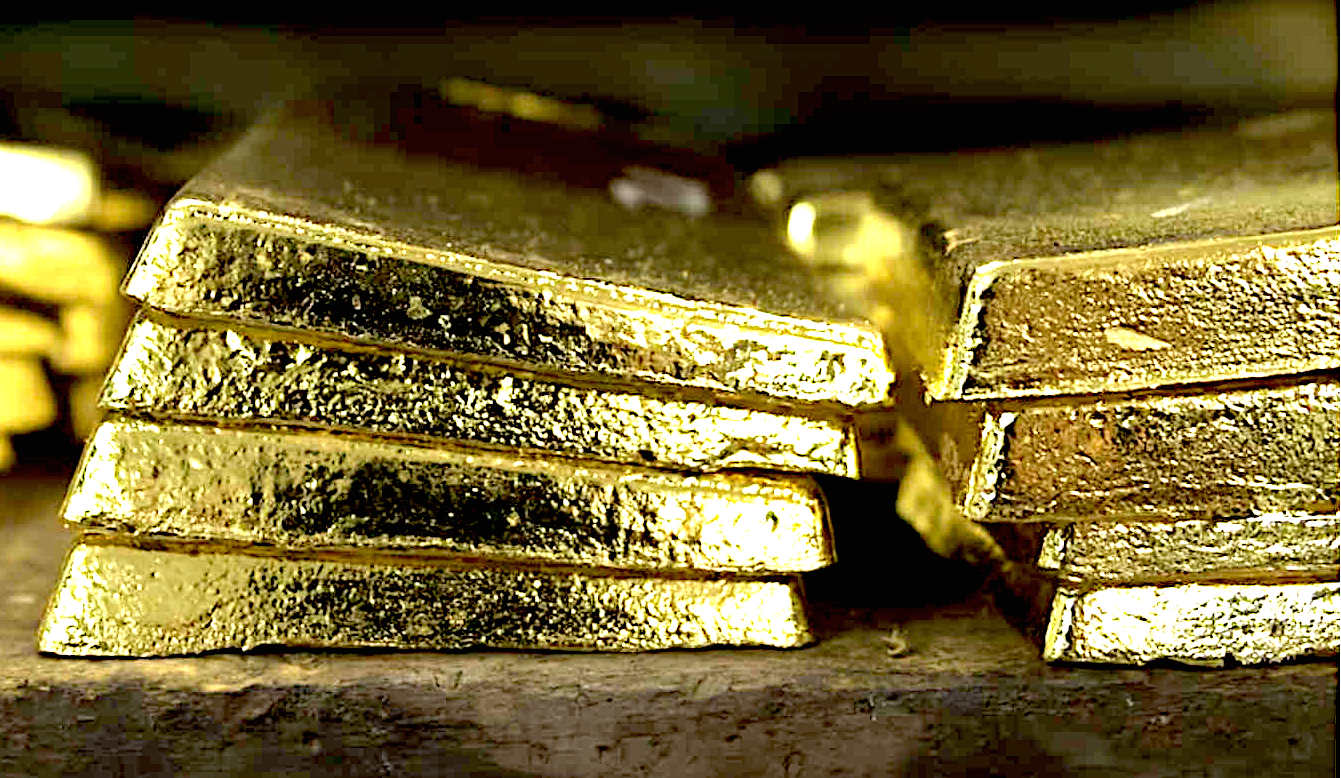
Only gold,
silver and gemstones were worth anything to captains of old. The currency
was easy to trade and did not corrode, so ideal to be secreted in the most
inhospitable environments.
CAST
OF - "TREASURE
ISLAND: BLACKBEARD'S CURSE & PIRATES GOLD"
|
CHARACTERS:
PROTAGONISTS |
DESCRIPTION |
|
|
|
|
Admiral
Sir (Captain) Henry Morgan |
Privateer & Governor of Jamaica |
|
Ark,
The |
The world's largest,
most comprehensive interactive DNA
database |
|
BioCore™ |
A
digital communication interface for the human brain |
|
Blackbeard
|
Edward Teach, privateer turned pirate,
tortured & murdered |
|
Captain
Nemo |
AI
onboard computer system |
|
Charley
Temple |
Researcher &
camerwoman,
good friend of John Storm |
|
CyberCore
Genetica™ |
The
world's smallest, fastest and most powerful nano supercomputer |
|
Dan
Hawk |
Computer
wizard, gaming
champion,
crew
member Elizabeth Swann |
|
Dr
Roberta Treadstone |
Blue Shield, Newcastle University, England |
|
Elizabeth
Swann |
Fastest solar/hydrogen
ship & floating laboratory |
|
Excalibur,
Pendragon & Merlin |
Anti piracy weapon
& ship security system |
|
George
Franks |
Legal and intelligence trust
manager, Swindles
& Gentry |
|
HAL
|
The onboard AI supercomputer ship manager,
Digital
Invisibility Cloaking |
|
Jill
Bird |
Senior BBC news
presenter world service anchor |
|
John
Storm |
Ocean adventurer,
amateur anthropologist, & marine archaeologist |
|
Katy,
Kitty |
The ships cat and lucky mascot |
|
Professor
Douglas Storm |
John Storm's uncle,
designer
of Elizabeth Swann |
|
Professor
Jacques Pierre Daccord |
UNESCO sunken realms
division, conservationist |
|
Sam
Hollis |
BBC & Sky freelance investigative reporter Caribbean
regions |
|
Scott Tremaine |
Treasure
hunting professional & ships captain |
|
Shui
Razor |
Japanese
privateer,
ocean conservationist and historian |
|
Sir Rodney Baskerville |
Professor of
Maritime History & oceanographer |
|
Steve
Green |
Freelance
reporter,
friend of Charley Temple |
|
Suki
Hall |
A
marine biologist,
admirer of John's work |
|
Tom Hudson |
Sky
News Editor,
always looking for an exclusive |
|
Trisha
Lippard |
Cleopatra's call sign to protect her royal identity |
|
|
|
|
CHARACTERS:
ANTAGONISTS |
DESCRIPTION |
|
|
|
|
Alexander
Spotswood |
Ambitious,
(disgruntled) Governor of Virginia |
|
Billy
(Bones) One Eye |
Pirate sailor,
deadly marksman ex
marines SBS |
|
Captain
Flint |
John
Long's pet parrot, pieces of eight |
|
Commander
James William Maynard |
British
Royal Navy, MOD, Antiquities & Acquisitions, Special Ops |
|
Hispaniola,
The |
Lord
Huntington's converted
Arctic survey vessel |
|
Jack Boon
(Black
Jack) |
Pirate computer expert hacker |
|
King
Charles II |
British
Empire colonial slave trader, commissioner of privateers |
|
King
James II |
British
Royal
African Company, slave trader, colonial bloody triangle |
|
Lieutenant
Robert Maynard |
British naval officer, HMS Pearl,
who tortured Blackbeard |
|
Lord
James Huntington |
Opportunist,
British Geographical Society
member |
|
Robin
(John) Longstride |
Pirate leader, bare knuckle fighter
with silvery tongue |
|
William Gray |
Cashiered US Navy Captain,
snitch & mastermind |
|
|
|
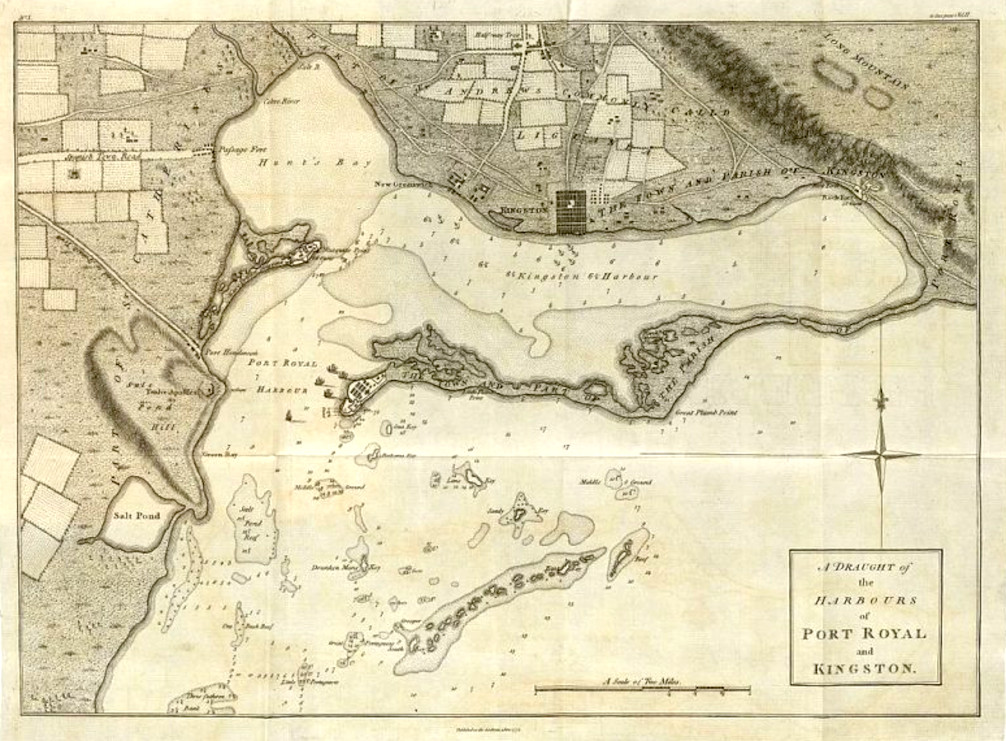
...
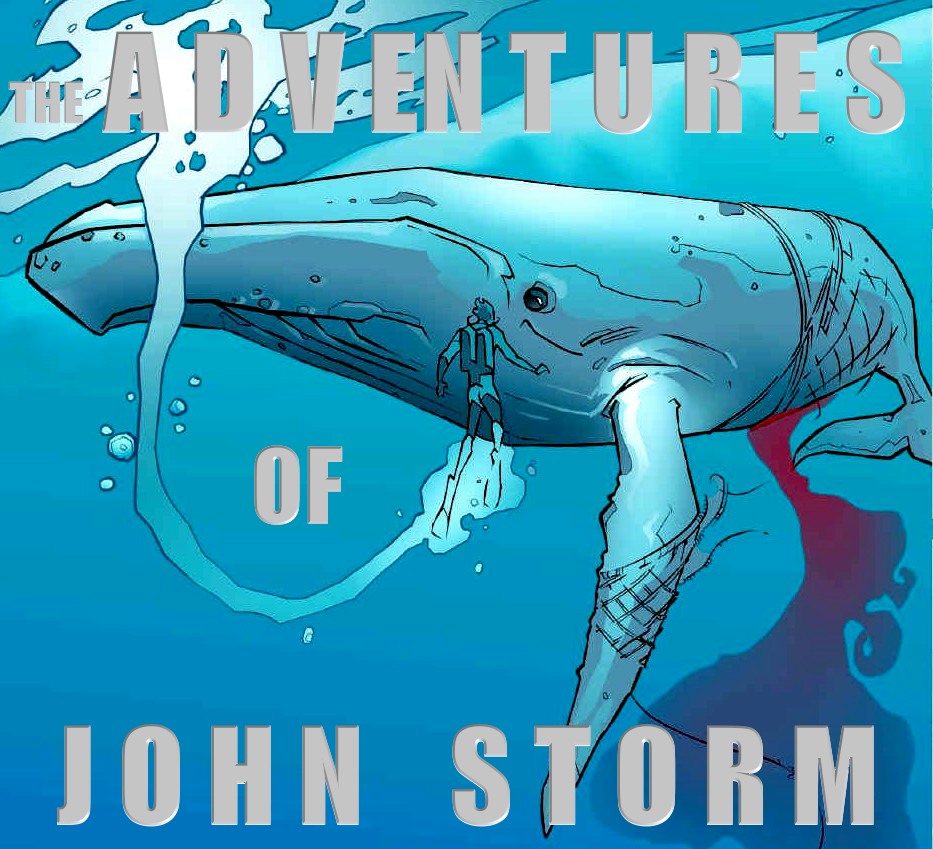
 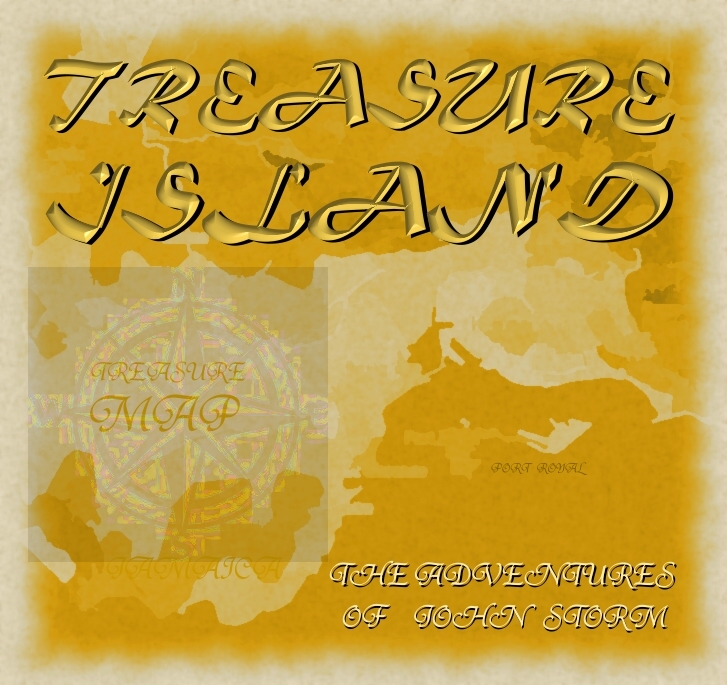
Draft
scripts for Kulo-Luna and
Cleopatra The Mummy are published with
'Treasure
Island' under
development for 2024 release. The three films could be shot back to back -
as a franchise - to
make the most of the Elizabeth Swann. Screenplays available in Final Draft
format for Studio executives, producers & directors.
|


